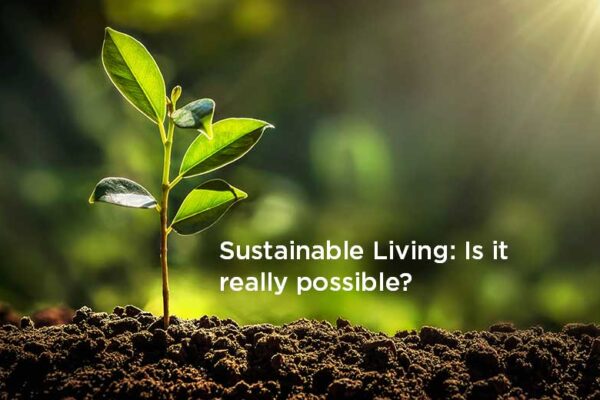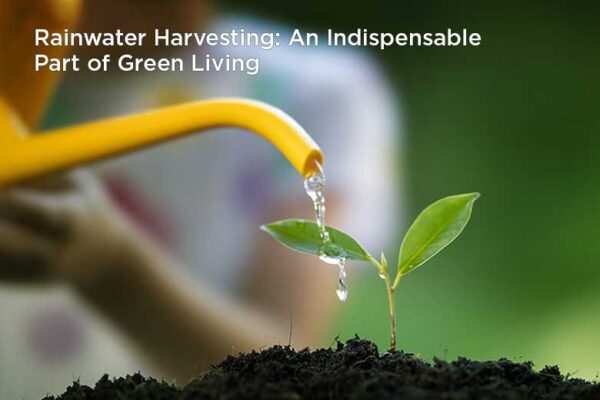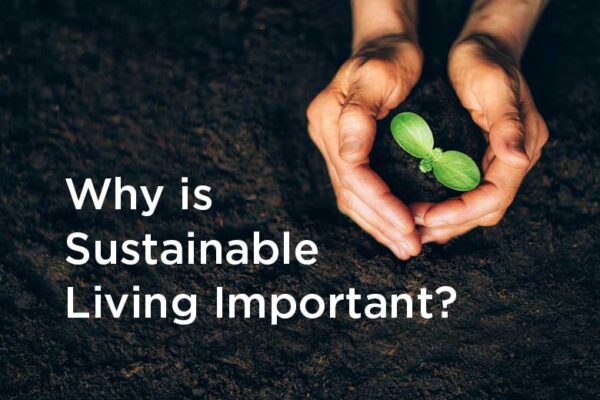What Everyone Ought To Know About Urban Floods.
A conscientious effort towards spreading awareness of Urban Floods
Floods in an urban setting are not the same as flooding in nature. This is not what occurs when a river exceeds its banks or when a hurricane sends a storm surge sweeping into a coastal community. Rather, it is brought on by excessive runoff in urbanised regions where there is nowhere for the water to go. Urban flooding, a natural calamity that occurs annually, is a significant problem in many regions of the world. The issue is only becoming worse due to the rising sea levels brought on by global warming. Cities all around the world, in both developed and developing nations, are already feeling the effects of climate change. Unfortunately, even though developed countries are the ones who have plundered natural resources more than any other and are the ones who leave the largest carbon footprint, it is the underdeveloped and developing countries that are the ones currently suffering the most from Mother Nature’s wrath.
The reality of Urban Floods
Bengaluru was severely damaged last week by floods that had catastrophic effects and unprecedented-scale precipitation. Even though the rains have stopped, many people who live near the Bellandur-Varthur lakes in east Bengaluru are still petrified with terror because they believe that intentionally restricted drains, the expansion of wetlands, and state indifference could lead to more destruction. The affluent and famous were hitching rides on tractors, bulldozers, and boats to reach safer areas, including overbooked five-star hotels, while the poor were left to fend for themselves as usual.

Bangalore Floods (photo – PTI)

Bengalore (Image Source – PTI – Shailendra Bhojak)
On Monday, July 11, Ahmedabad had the most rainfall in the previous five years on a single day in July, breaking the previous record of 115 mm or more in just three hours. Which could be caused by the climate change brought by global warming. This led to major water logging and a flood-like condition in Ahmedabad. Improper disposal of waste is a major issue in Ahmedabad and it leads to clogging and blockage in the drainage pipes and the excess water ends up on the streets leading to floods.

Ahmedabad (Photo – AP) (1)

Ahmedabad (Photo – AP)
Reasons for Urban Flooding
Numerous factors contribute to urban flooding in India, some of which include stormwater drainage systems whose capacities are reached during periods of heavy rainfall. The difficulties of unlawful encroachments, which remove natural watercourses required to drain surplus water, are aggravated by cities’ haphazard and irregular planning. Subsequently, the natural drains’ capacity has diminished, resulting in flooding. Construction debris dumped into drains and improper disposal of solid waste, including household, commercial, and industrial junk, both drastically lower the capacity of the drains. Better operations and maintenance measures must be taken. As a result of the population boom’s quick urbanization—on a virtually industrial level—the issue will only worsen. Without considering effective urban planning, floodplains are being encroached upon in order to accommodate the need for housing space. Urban flooding is a problem that will only get worse as the years’ pass
Ways to prevent Urban Flooding.
Natural solutions offer the potential for planners and regulators to enhance the resilience of our cities and urban regions as climate change presents new challenges to urban residents. Urban parks and trees can significantly reduce the risk of urban flooding while also offering other advantages. Trees’ branches and leaves catch rainwater and transpire it back into the atmosphere while their soil and roots enhance groundwater penetration. This environmentally friendly approach reduces the severity of urban floods by storing and slowing down water during heavy rainstorms. In addition to being an efficient alternative water supply solution in arid and semi-arid environments, rainwater harvesting systems have various advantages. Additionally, these devices may help lower the risk of flooding in urban areas.
The part played by GPP to prevent Urban Flooding
At GPP ONE the entire stretch of land will be enveloped in dense flora lining. Through the massive growth of plants, trees, and other vegetation, we are creating a lush community that is endowed with an abundance of thriving plant life. The ritual of GPP One is expected to involve growing trees, followed by more trees, and then even more trees. Having said that, we are devoted to consistently growing our vegetation and planting a variety of flowers each monsoon. GPP One will have a 9:1 green to grey ratio which will ensure the permeability of rainwater to the grounds and help in increasing the ground levels of water. Additionally, tree litter stops rain splash erosion from exposing bedrock and soil pores. Flood management, water filtration, slope stabilisation, and erosion prevention are all made possible by this type of ecosystem. Furthermore, this ecosystem may also contribute to lower micro-climate temperatures by providing cooling and shade, as well as cultural and recreational opportunities for GPP One residents. With a large-scale rainwater harvesting project along with percolation wells, GPP One won’t only save water for future uses, but it will also aid in the prevention of urban flooding.






















